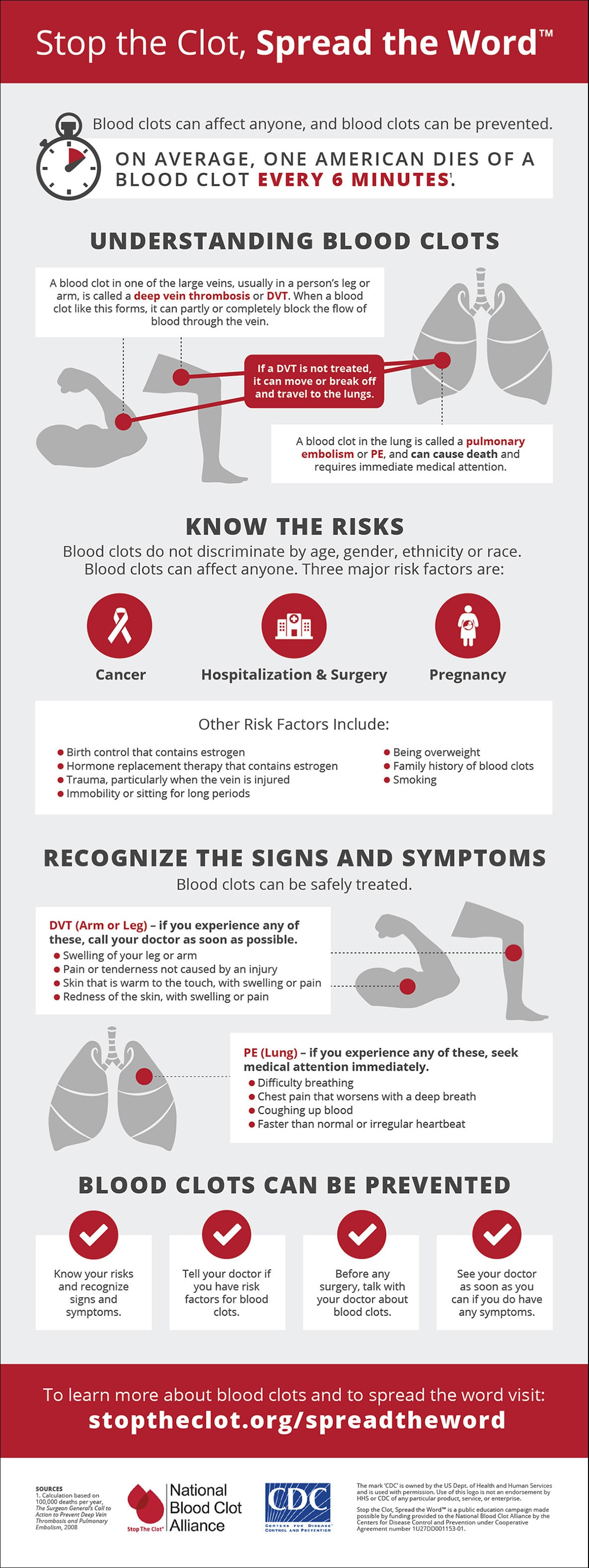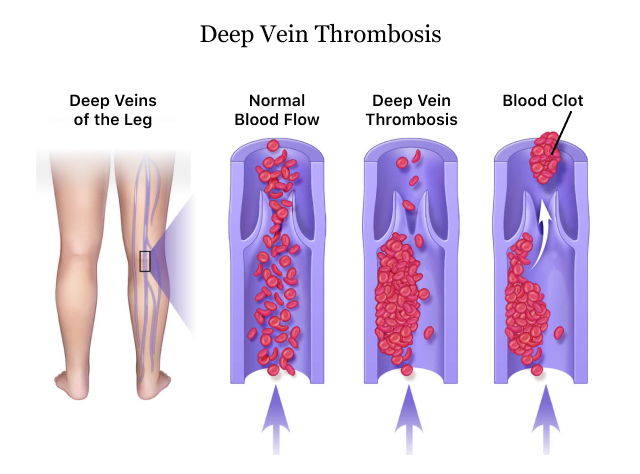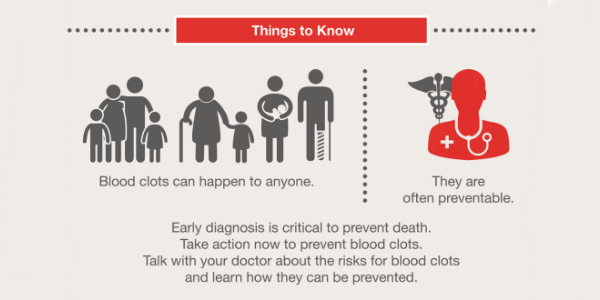Fantastic Info About How To Detect A Pulmonary Embolism

Rapid or irregular heartbeat lightheadedness or dizziness excessive sweating fever leg pain or.
How to detect a pulmonary embolism. The diagnosis of pulmonary embolism (pe) is nowadays based on the sequential use of several diagnostic tests rather than on a single test. If doctors suspect a pulmonary embolism, they may order a ct scan. V/q scan an av/q scan (also called a.
Pulmonary embolism should be suspected in patients with sudden dyspnea, chest pain or syncope, with predisposing factors. If pulmonary imaging is required, ventilation perfusion scanning is usually the preferred initial test to detect pulmonary embolism within pregnancy. Among the modalities to detect pulmonary embolism, both v/q scanning and ctpa expose the patient to ionizing radiation.
Ct scans are more than 90% accurate in detecting pulmonary embolism and are considered the test of choice if imaging is required for diagnosis. Table 3 summarizes the estimated effective dose of radiation in. According to a new study funded by nih's national heart, lung, and blood institute, doctors can more accurately diagnose pulmonary embolism by combining a commonly used imaging test.
What tests do doctors use to diagnose pulmonary embolism? These diagnostic strategies are safe and have. A specialist inserts a long, thin tube (catheter).
A 2021 study suggests that computed tomographic pulmonary angiography is the “gold standard” test used. It helps in getting an image of the arteries and veins of the lungs. Other signs and symptoms that can occur with pulmonary embolism include:
This blood test measures a substance that is released when a blood clot breaks up. Treatment should be commenced on clinical. A computerised tomography pulmonary angiography.
/symptoms-of-pulmonary-embolus-4163779_final-3a9c69d8313f48ccb5bd880da18ca168.jpg)
/pulmonary_embolus_diagnosis-5ae1f47730371300367cdceb.png)
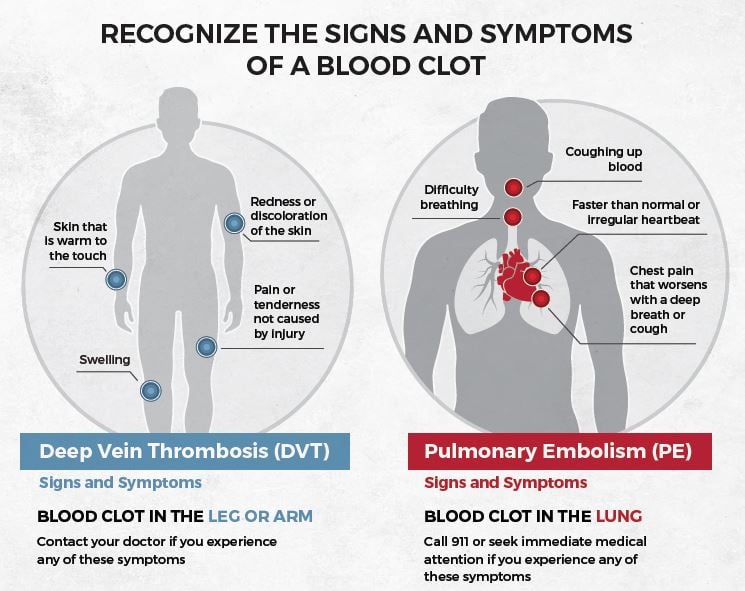

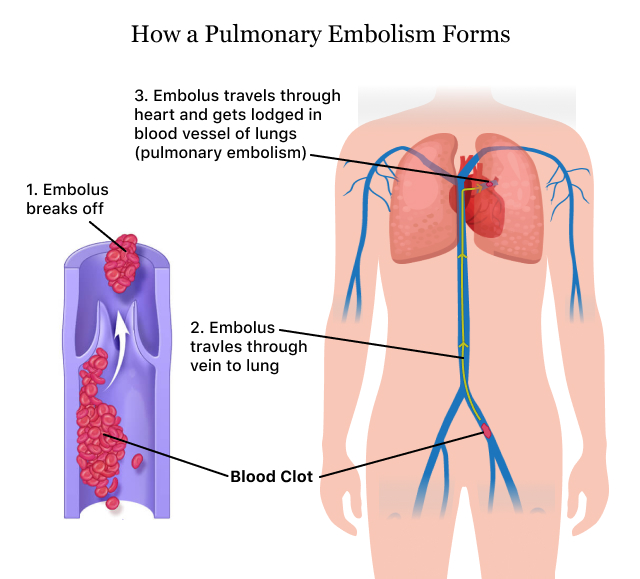
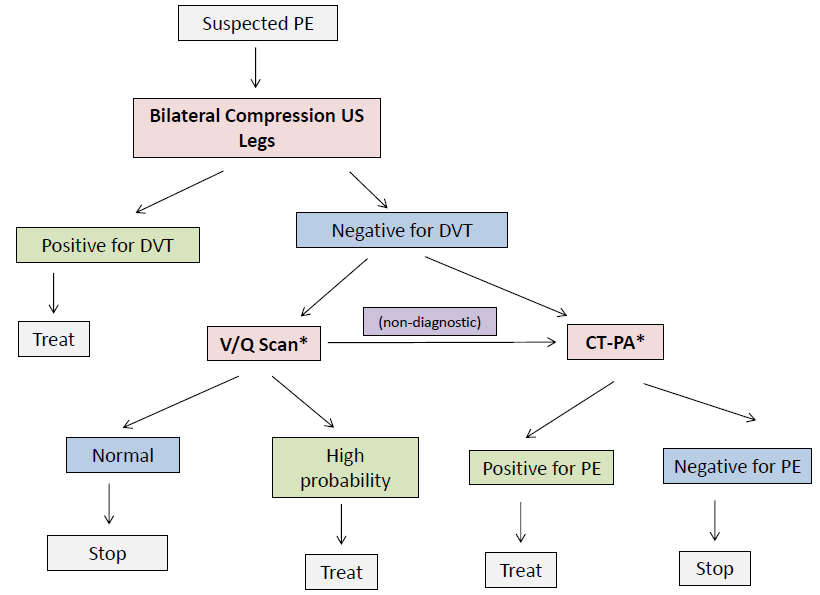
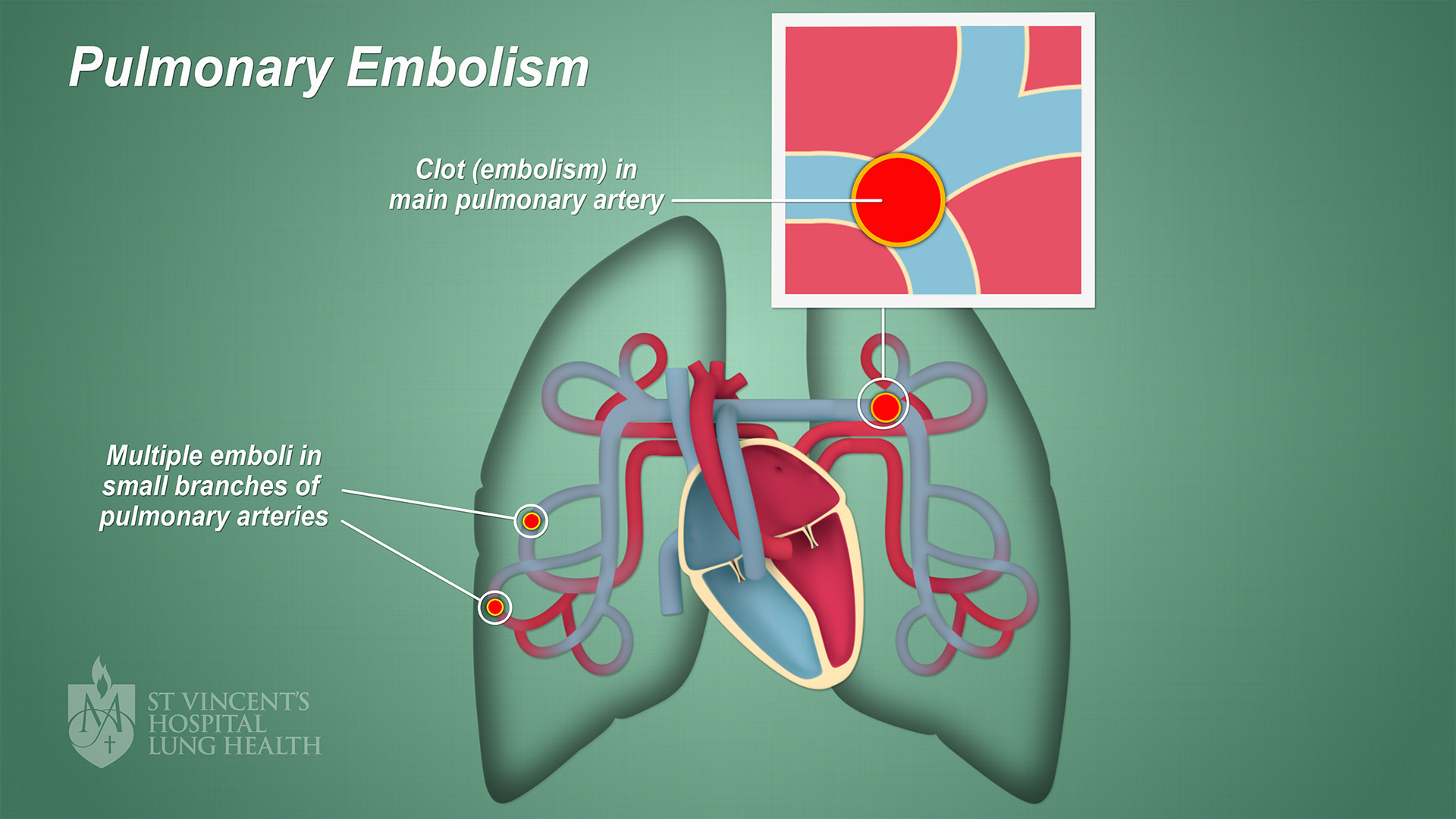
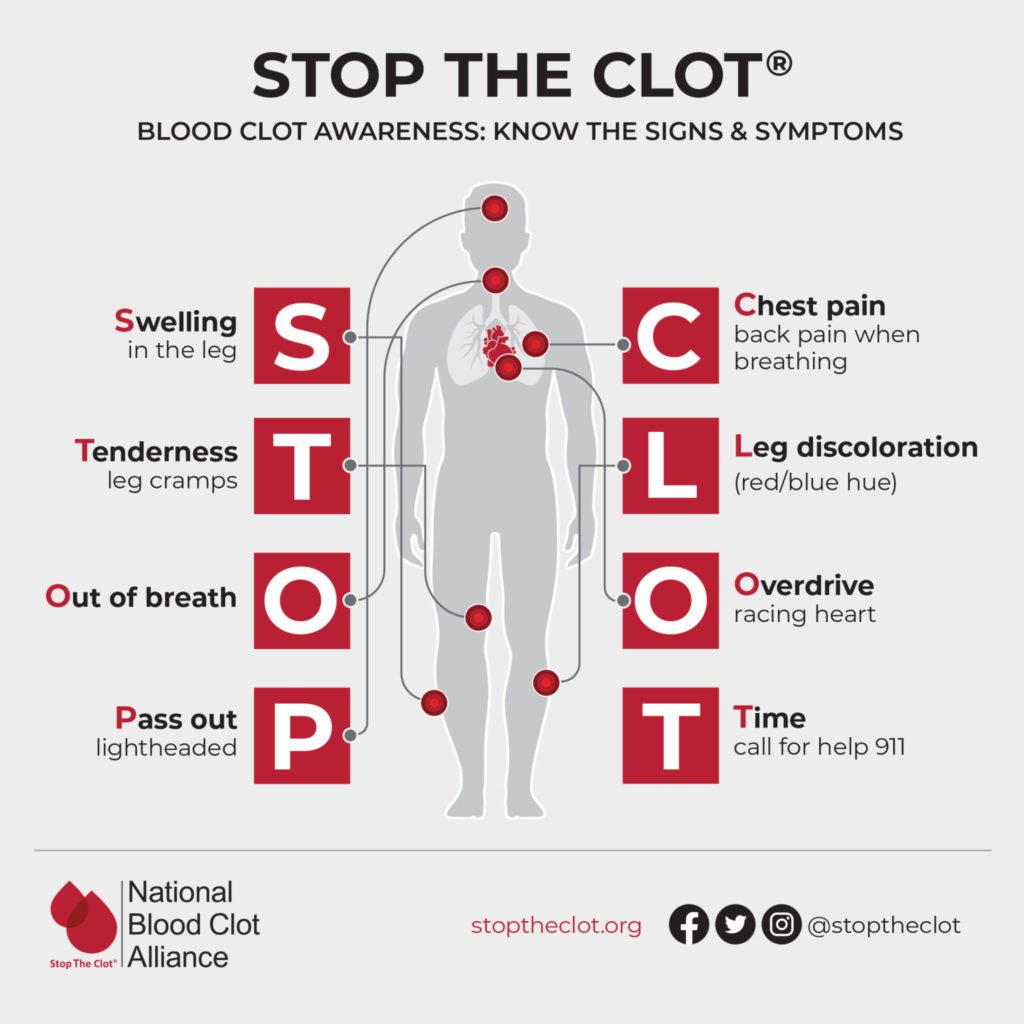


/blood-clot-diagnosis-5ae0b9a43418c60036298227.png)


